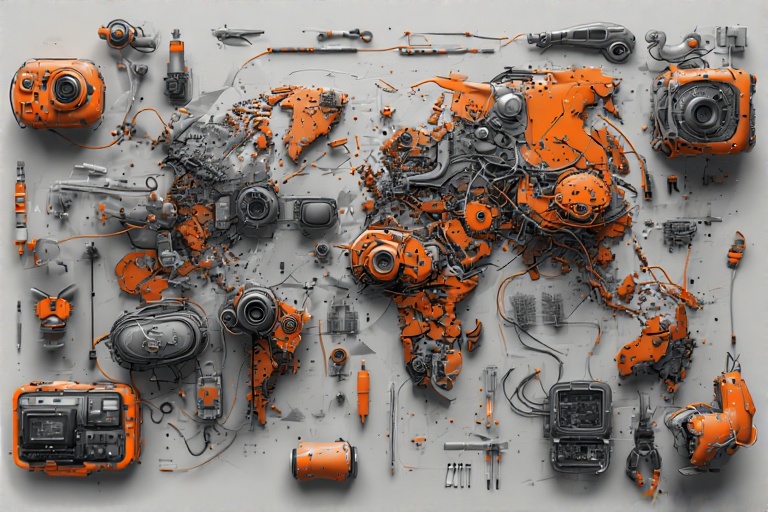Synthetic media—content created or altered by AI—has matured from curiosity to mainstream. From text and images to videos and voices, AI now generates narratives that can be indistinguishable from reality. Analysts forecast the global synthetic media market to reach $3.56 billion by 2027, driven by advances in generative adversarial networks (GANs) and diffusion models. As this technology reshapes creative industries, it poses urgent ethical questions about truth, consent and trust.
Understanding Synthetic Media
At its core, synthetic media covers any digital asset wholly or partially produced by machine learning. That includes:
- Text generation: Articles and social posts composed by large language models.
- Image synthesis: Photorealistic pictures born from text prompts (e.g., DALL·E, Midjourney).
- Voice cloning: Ultrarealistic speech generated from minutes of audio training data.
- Video deepfakes: Face swaps and reenactments that place people in scenes they never filmed.
- Interactive avatars: Digital characters that converse, emote and adapt on the fly.
This broad umbrella of AI-driven content spans marketing, journalism, entertainment and even personalized education. Synthetic media is no longer siloed—it underpins user interfaces, virtual influencers and immersive experiences.
Key Ethical Challenges
As synthetic media enters every screen, four ethical fault lines emerge:
- Consent: Replicating a person’s likeness or voice without permission can violate privacy and publicity rights.
- Authenticity & Trust: Undetected deepfakes can erode confidence in news, political discourse and commerce.
- Intellectual Property: Training AI on copyrighted works raises questions about fair use, attribution and royalties.
- Bias & Representation: Models trained on skewed data can reinforce stereotypes or omit marginalized voices.
Real-World Examples of Impact
Let me show you some examples of how synthetic media is already testing ethical boundaries:
- AI Anchors: News outlets deploy virtual presenters powered by tools like Google DeepMind’s Veo. These anchors mimic human speech and gestures—often without clear disclaimers—blurring lines between real and generated reports.
- Political Deepfakes: In 2024, convincing video clips of public figures making inflammatory statements circulated online, sparking calls for watermarking and digital provenance tags.
- Virtual Influencers: Brands partner with 3D-modeled personalities on Instagram and TikTok, driving campaigns with characters that never existed—raising questions about authenticity and disclosure.
- Audio Fraud: Voice-cloning scams have duped call centers and executives, costing companies millions and exposing the need for robust voice-biometric security measures.
A Framework for Responsible Use
Organizations and creators can adopt a simple, phased approach to mitigate risks while harnessing synthetic media’s benefits:
- Policy Definition: Establish clear rules on allowed use cases, required disclosures and approval workflows.
- Consent Management: Obtain written permissions for likenesses, voices and pre-existing content before training or publishing.
- Provenance & Labeling: Embed metadata or digital watermarks to flag AI-generated assets and maintain audit trails.
- Bias Audits: Regularly evaluate models against diverse test datasets to uncover and correct unfair outputs.
- Human Oversight: Insert review gates at critical steps—especially for political, medical or legal content.
- Detection Tools: Integrate deepfake-detection libraries and anomaly detectors into content pipelines.
- Education & Transparency: Train teams on synthetic-media ethics and communicate policies openly to users and stakeholders.
The Road Ahead
Regulators and standards bodies are racing to catch up. The EU’s proposed AI Act would require clear labeling for synthetic content and impose penalties for undisclosed manipulations. Meanwhile, major platforms are experimenting with blockchain-based attestations and “AI provenance” frameworks to certify authenticity. On the detection front, research labs are developing watermarking schemes that survive compression and platform transcoding.
By pairing innovation with robust governance, we can unlock synthetic media’s creative potential without sacrificing the pillars of privacy, truth and fairness. In an era when “seeing is no longer believing,” responsible design and clear standards will determine whether AI-generated reality becomes a force for enrichment—or a Pandora’s box of deception.







Add a Comment